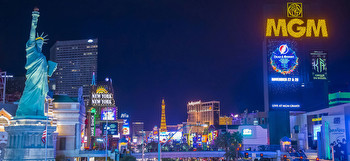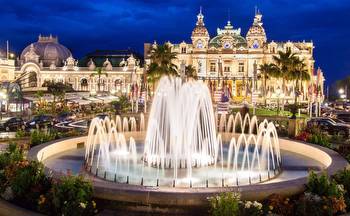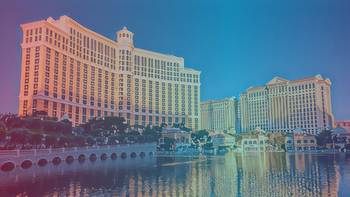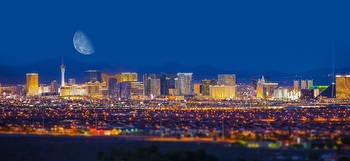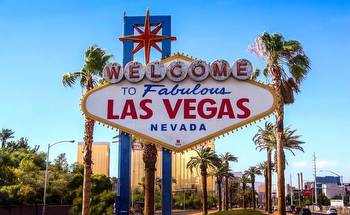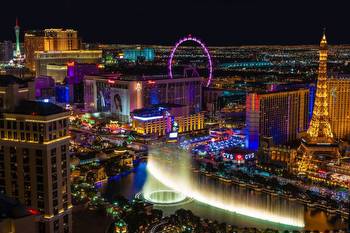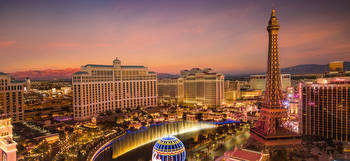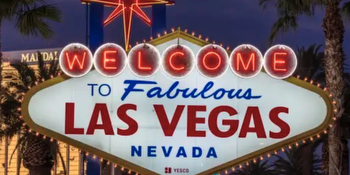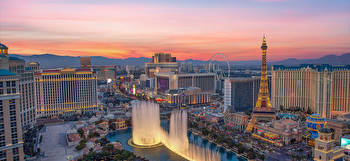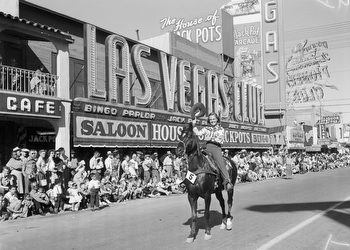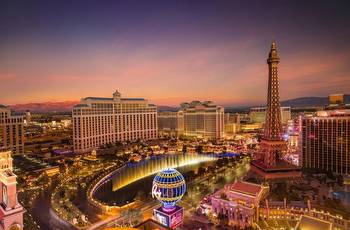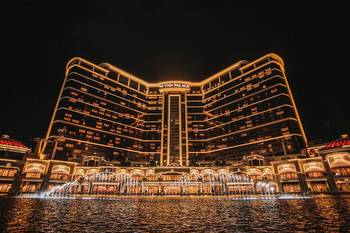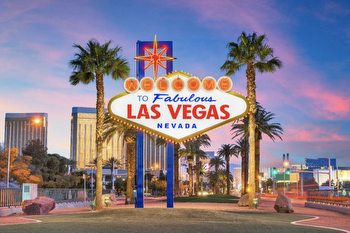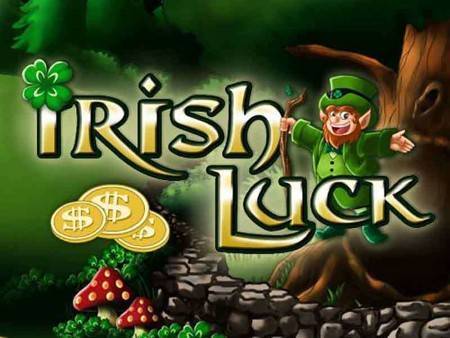The rise of Sin City: How Vegas became a luxurious high-roller’s paradise
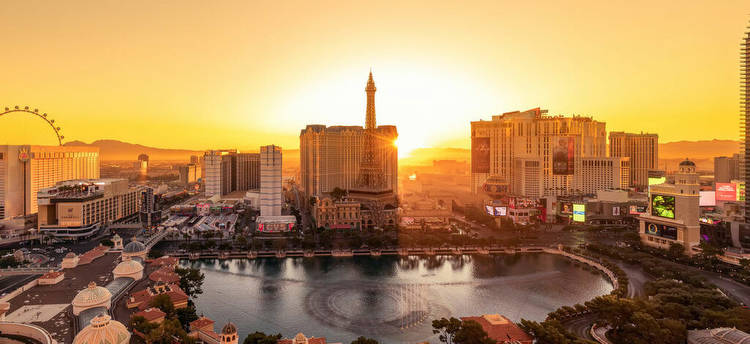
The gambling metropolis of Las Vegas is one of the most popular destinations in the world for high-rollers, and a playground for the rich and famous. Home to a plethora of extravagant luxury hotels, high-end casinos and a vibrant entertainment scene, it has often featured in Hollywood blockbusters thanks to its iconic haunts and endless supply of glitz and glamour – and today, Sin City remains a must-visit for fans of games like Roulette, Blackjack and other traditional casino pursuits despite being eclipsed by Macao in terms of gambling revenue in recent years.
In spite of the recent spike in interest in online casinos – with Google searches for online casino reviews at an all time high having enjoyed a boost in interest during the pandemic, it seems that gambling enthusiasts with money to burn still can’t get enough of this traditional destination and the opulent land-based establishments it offers.
But while today, Vegas might easily be the first name that springs to mind when considering a luxurious casino getaway, it hasn’t always been this way, and its journey from the early days to becoming a destination that draws in millions of visitors from across the globe and billions of dollars in revenue each and every year has been an interesting one.
Here’s what we know about the Nevada city’s meteoric rise to prominence.
From humble beginnings to organised crime
With a century of history behind it, Las Vegas comes from humble beginnings. Originally founded by ranchers and railway workers, it was nothing out of the ordinary in the early days, but a seedier phase was to follow, with the city’s free-thinking ethos seeing it quickly become a haven for organised crime. At a time when vice and casual gambling was rife, funds from gambling and racketeering were eventually poured into opening the city’s first casinos to provide a way to launder cash, with visitors quickly beginning to flock to the area to indulge in what was on offer.
The El Rancho Vegas resort was one of the first luxury casino resorts to open on the Strip, with others soon following. Originally embracing an ‘Old West’ theme, these would go on to pave the way for Vegas as we know it today, with swanky resort The Flamingo, which threw open its doors in 1946, heralding the arrival of the age of glamour. The glitz and sophistication of Hollywood began to seep into the city from here on out, with The Flamingo one of the first venues to begin attracting celebrities and wealthy gamblers to the city thanks to its star-studded entertainment line-ups and all-round opulence.
Gangster Bugsy Siegel, who created The Flamingo, was sadly murdered in 1947, but the seeds of his vision for Vegas had already been sown, and thus, his dream lived on. Fast forward to the 50s and 60s, and the arrival of mega resorts including the Sands, the Sahara and the Riviera, which were again funded by organised crime and facilitated by mobsters, continued to bring the rich and famous to Nevada. But at this point, more respectable investors, including Wall Street banks also began to get involved – and it was this gradual transition towards relying on more appropriate backers that would go on to transform Las Vegas as it moved slowly but surely away from its less than honourable roots.
By the mid 50s, Sin City was bringing in millions of visitors each year with big name performers including Frank Sinatra and Elvis Preslet being given top billings at some of its most opulent entertainment venues. It was quickly becoming a place to see and be seen, just as it is today, and from then onwards, it has only continued to thrive.
The rise of the mega-casino
Fast forward to the late 60s, and hotels and casinos began to get bigger and more extravagant than ever before, with no expense spared in creating havens for wealthy gamblers and high-rollers alike to come and spend their money. As mob interests were slowly phased out and corporate conglomerates gradually moved in, millions of dollars were invested in uplevelling the entire city and putting it well and truly on the map, and in 1989, renowned casino developer Steve Wynn opened The Mirage – which continues to be one of the city’s most iconic haunts until today.
It was the first in a long line of mega casino resorts to come, and that characterise the Strip as we know it today, with current mainstays like The Venetian and the Bellagio bringing about change with their sheer extravagance and sprawling size. Signalling a move away from the Old West themes of times gone by, today the city’s most famous casino resorts take inspiration from the likes of ancient Rome, Venice and Egypt, allowing guests to feel just like they’ve stepped into another country – and it’s now possible to leave the Strip feeling like you’ve been on a journey around the world.
In 2022, Las Vegas has continued to innovate, and having slowly come back to life over the past twelve months following two years of intermittent closures due to the global pandemic, has experienced a surge in visitors as the world returns to normal. In fact, it’s one of the most visited cities in the world and brings in an eye-watering $2 billion a day in gambling revenue alone – a number that’s expected to climb even higher in 2023.
Its roots might have been a far cry from the luxurious city we know and love today, but it’s this rich history that has made it what it is – and despite the rise of other major casino destinations across the globe, it seems that Vegas is in it for the long haul.
Please gamble responsibly (18+ UK) – check age restrictions before participating









